
Great poems are like old friends: the more time you spend with them, the more you appreciate their depth. That’s because every time you revisit them, they reveal a feeling you now understand but maybe didn’t when you read it back in high school. Whatever the reason, these 20 classic poems are worth reading at least once.
“Daddy” By Sylvia Plath

In Sylvia Plath’s “Daddy,” a daughter speaks with raw emotion about her struggle to escape her father’s lingering presence. The poem’s fierce language and jarring imagery reveal the depth of her pain, gradually intensifying until it erupts in a powerful declaration of emotional severance.
“The Tyger” By William Blake
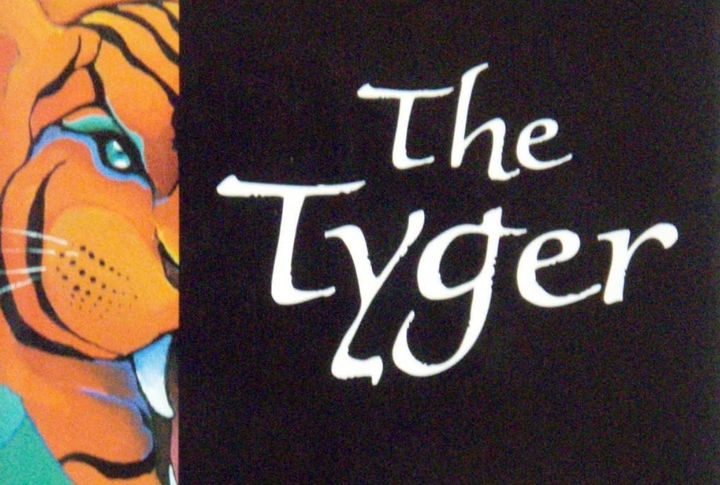
Blake’s “The Tyger” stares straight into the face of fierce, unknowable power. It asks how something so wild and terrifying could be made by the same hand that created innocence. That tension gives the poem its power, as each line circles the same question without ever resolving it.
“Ozymandias” By Percy Bysshe Shelley
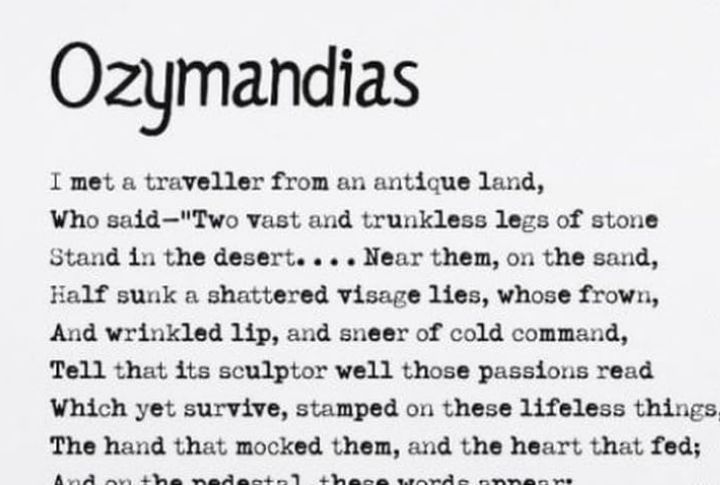
Big statue, bold message—now crumbling in the sand. The poem isn’t just about an ancient ruler; it’s a takedown of anyone convinced their power is permanent. And in just 14 lines, Shelley delivers a timeless reminder: even the greatest empires end up as ruins, half-buried and forgotten.
“The Red Wheelbarrow” By William Carlos Williams
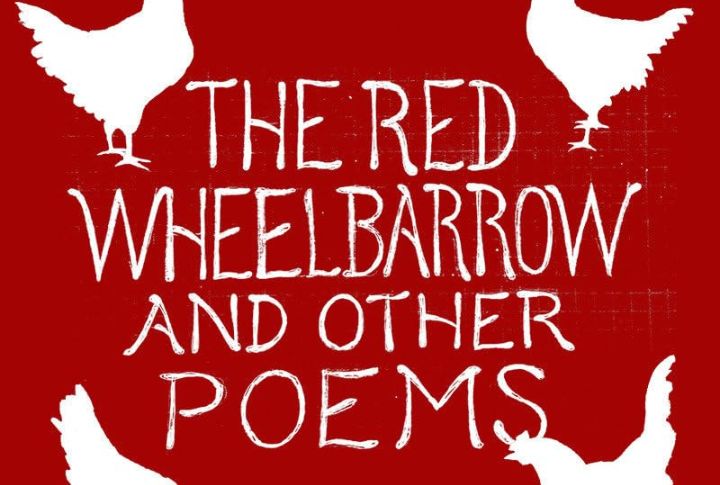
A quiet, vivid image of a red wheelbarrow glazed with rain beside white chickens captures attention in the poem. Through this brief scene, William Carlos Williams conveys that deep meaning can be found in everyday things when people take the time to truly stop and observe.
“The Road Not Taken” By Robert Frost
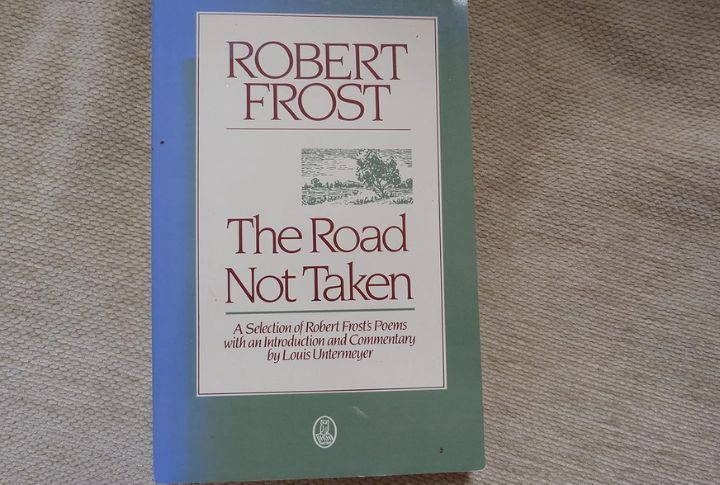
Robert Frost’s “The Road Not Taken” explores how choosing between two different paths in the woods can shape a person’s life. The poet selects one of these paths and later reflects on how that single decision created a lasting impact on the course of his journey.
“Because I Could Not Stop For Death” By Emily Dickinson
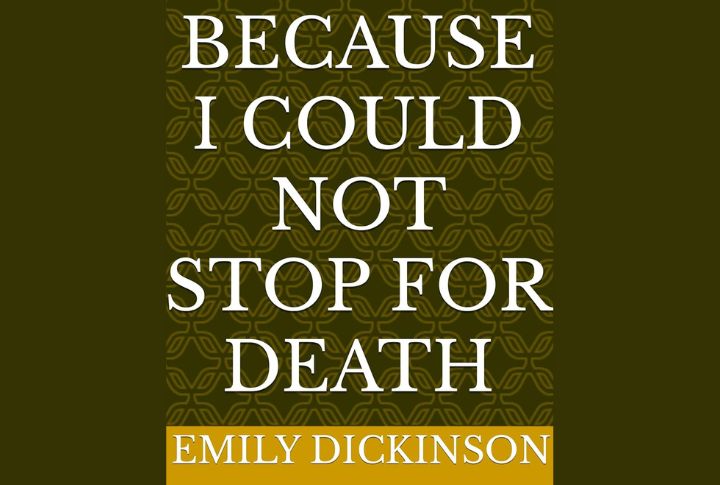
In “Because I Could Not Stop For Death,” Emily Dickinson imagines death as a polite, almost civil visitor. The speaker takes a slow carriage ride past familiar scenes of life, suggesting that death is not abrupt or violent but a gradual journey toward the inevitability of eternity.
“If” By Rudyard Kipling
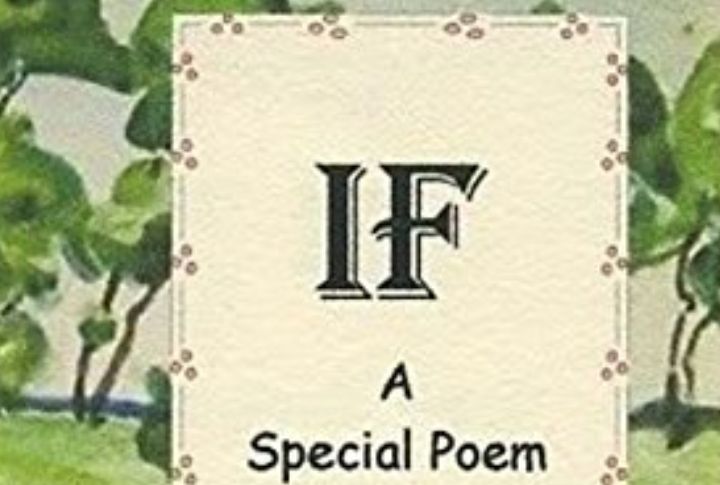
Packed with calm advice, this poem lays out what it means to stay strong when everything feels like it’s falling apart. Each line gives a subtle guidance on staying patient, keeping your cool, and holding steady, all the while reminding us that real strength doesn’t need to shout.
“The Waste Land” By T. S. Eliot
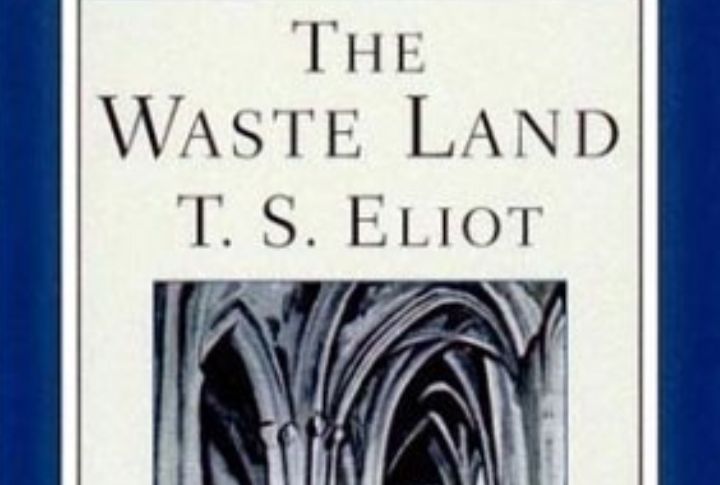
Postwar London, in Eliot’s hands, is a city drained of purpose and haunted by its own past. He further weaves in myth and fractured imagery to reflect a broader cultural collapse. And among these fragments, the city’s people live in a haze of constant confusion and isolation.
“Middle Passage” By Robert Hayden

With piercing snapshots of slavery’s brutality and its emotional aftermath, Robert Hayden’s poem reconstructs a painful historical memory. That discomfort, shaped by shifting voices and uneven rhythm, isn’t just atmospheric. It forces readers to engage and feel the same rupture that the past left behind.
“Mock Orange” By Louise Gluck
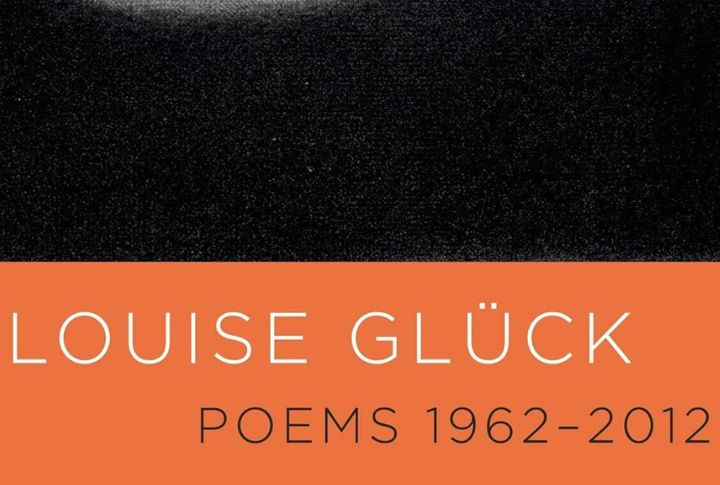
Can longing ever live up to what it promises? In “Mock Orange,” Louise Gluck looks at desire stripped of fantasy. Beauty and attraction seem full of meaning at first, yet leave behind confusion. The poem follows this shift, revealing disappointment that feels too honest to ignore.
“Kubla Khan” By Samuel Taylor Coleridge

Coleridge imagines a distant empire where a powerful ruler commands a grand palace beside a sacred river. But beneath the surface lies something deeper: a meditation on creativity itself. Many readers connect with the poem’s intensity and its ability to mirror the spontaneity of artistic thought.
“Howl” By Allen Ginsberg
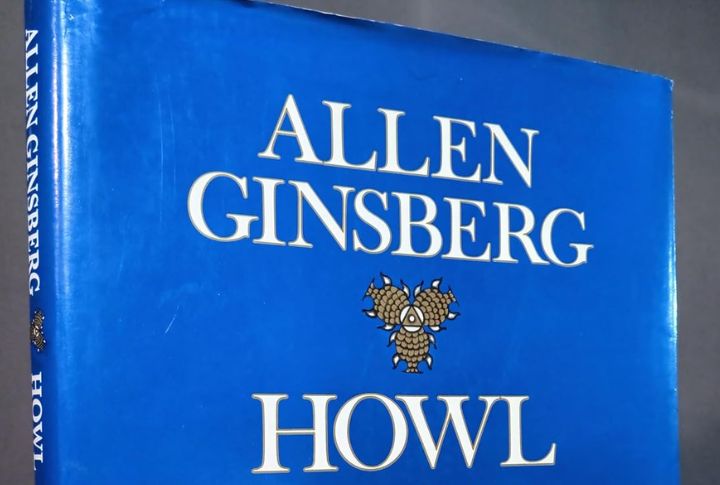
More than a poem, “Howl” reveals what’s left behind when society stops listening. It traces the emotional wreckage of a generation trying to hold on. And in voicing what others ignore, the poem becomes both a cry for recognition and a call toward resistance.
“I Carry Your Heart With Me” By E. E. Cummings
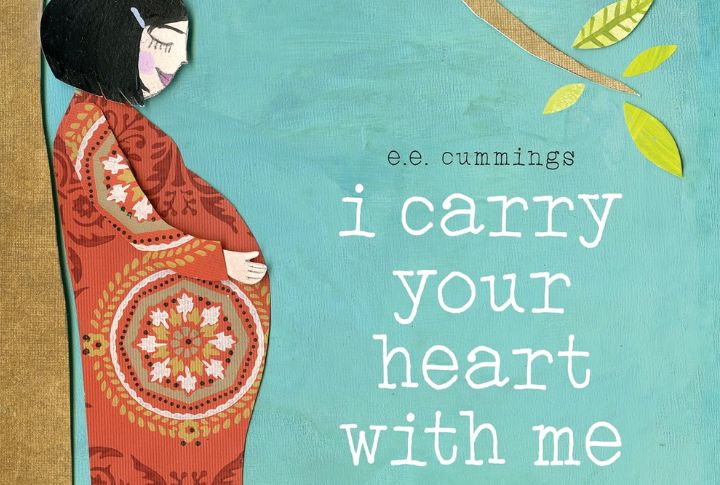
This poem breaks the grammar rules and makes it beautiful. Cummings writes raw and open, with language that drifts softly but lands deep. Undoubtedly, it is this understated honesty that keeps people coming back, especially during moments when love feels too big to explain.
“Do Not Go Gentle Into That Good Night” By Dylan Thomas
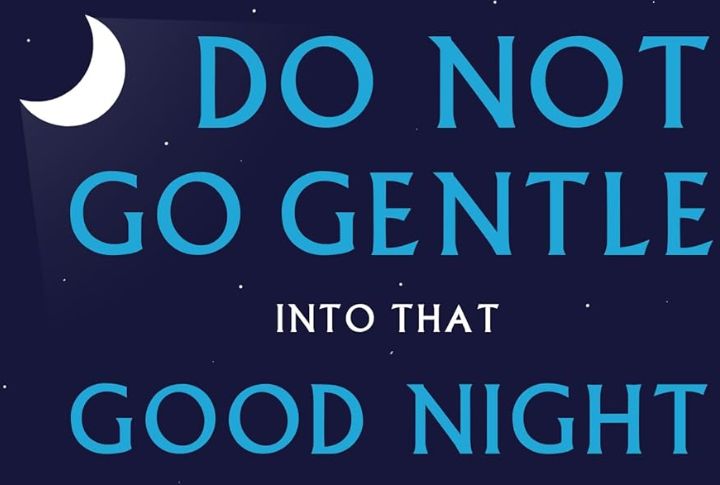
In “Do Not Go Gentle Into That Good Night,” Dylan Thomas urges defiance in the face of death. Addressing his dying father, he calls for resistance, not surrender. By framing death as a force to confront, the poem turns grief into action and ends with a final act of strength.
“Harlem” By Langston Hughes
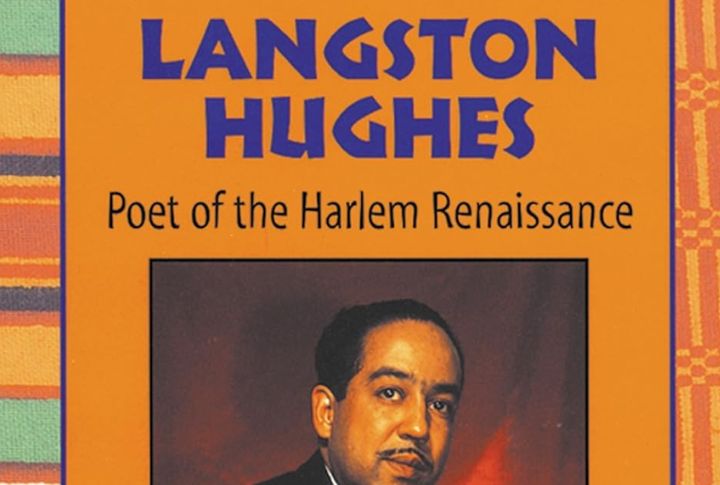
Hughes’s “Harlem” explores the emotional toll of deferred dreams through striking, escalating imagery. A drying raisin, a festering sore, a sudden explosion—all suggest that once-glittering hope can corrode from within or explode into unrest. Flip the lens, and the poem becomes a muted indictment of delayed justice and its consequences.
“Still I Rise” By Maya Angelou
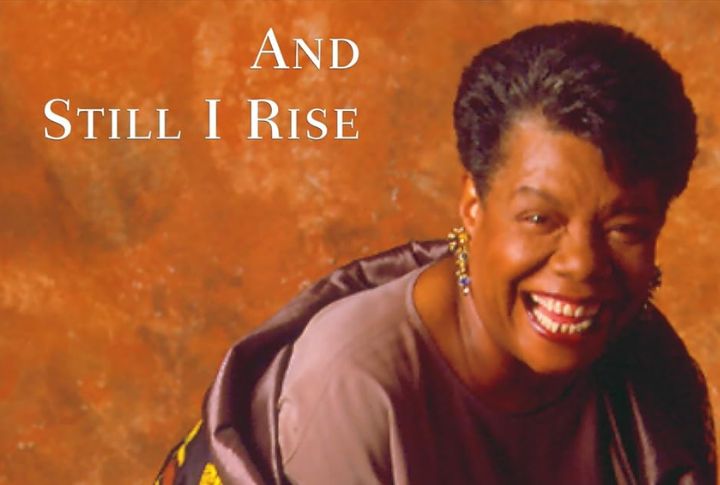
Framed like a direct address to oppressors, the poem unpacks how Black voices have been suppressed and how they survive. Angelou uses sharp rhetorical questions and layered repetition to turn personal experience into a bold, universal declaration of resilience and unshaken self-worth.
“Poetry” By Marianne Moore
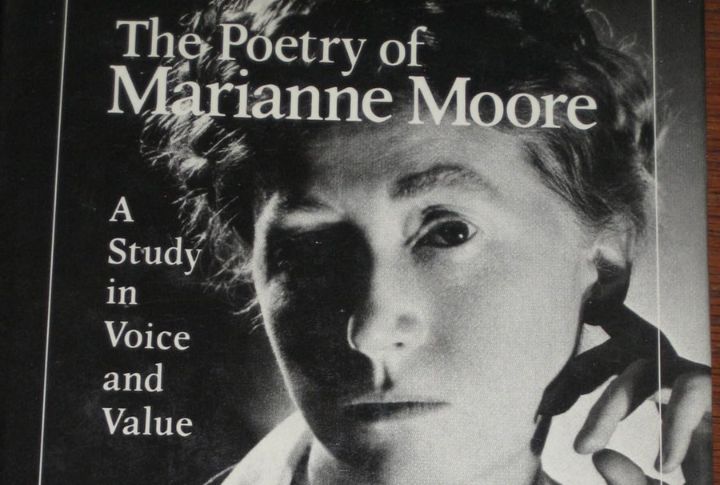
“Poetry” pushes back against traditional ideas of what poetry should look and sound like. Marianne isn’t afraid to call out a verse that feels overly ornate, and instead, she champions poems that are grounded in real life. That honesty continues to nudge people to rethink what words can actually do.
“The Raven” By Edgar Allan Poe
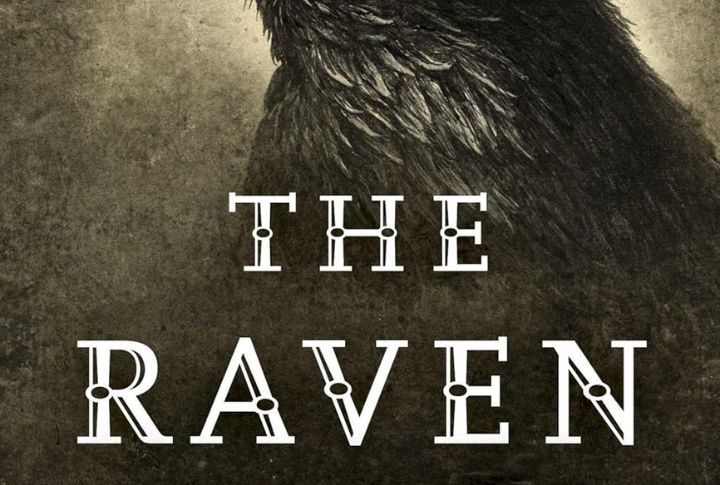
It starts hushed, with grief barely speaking. But “The Raven” ramps up fast as the bird repeats one word—Nevermore—until it feels impossible to ignore. The rhythm tightens, the mood darkens, and by the end, the speaker is stuck between memory and madness, totally undone.
“A Valediction: Forbidding Mourning” By John Donne
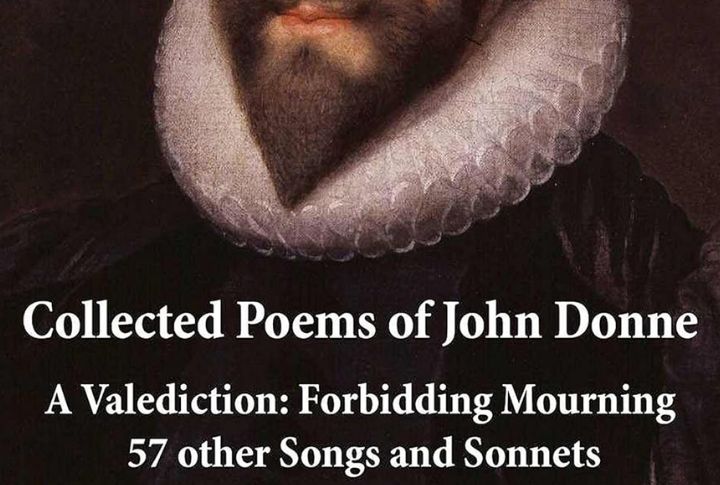
Instead of a messy goodbye, Donne’s poetic persona gives his love a cosmic pep talk. He compares their bond to stars that guide from a distance and a compass that stays aligned even when stretched. These images build a quiet argument: emotional and intellectual bonds are what actually sustain a relationship.
“Sacred Emily” By Gertrude Stein
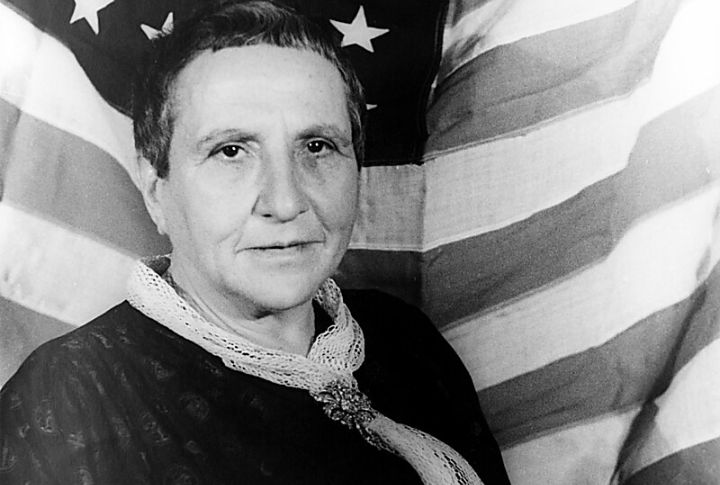
“Sacred Emily” is Gertrude Stein having fun with language. The poem loops and repeats, not to confuse but to get the reader to listen. And because there’s no single way to read it, that unpredictability is exactly what many find most compelling about the poem.

